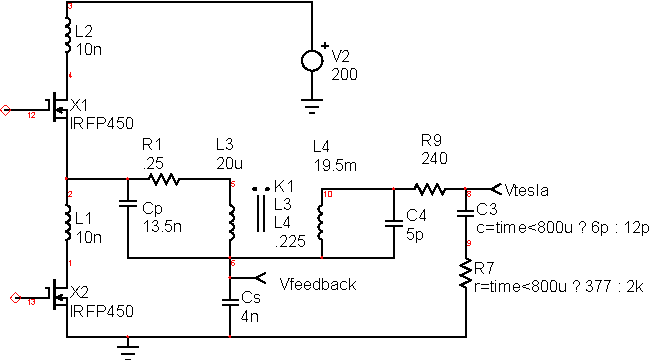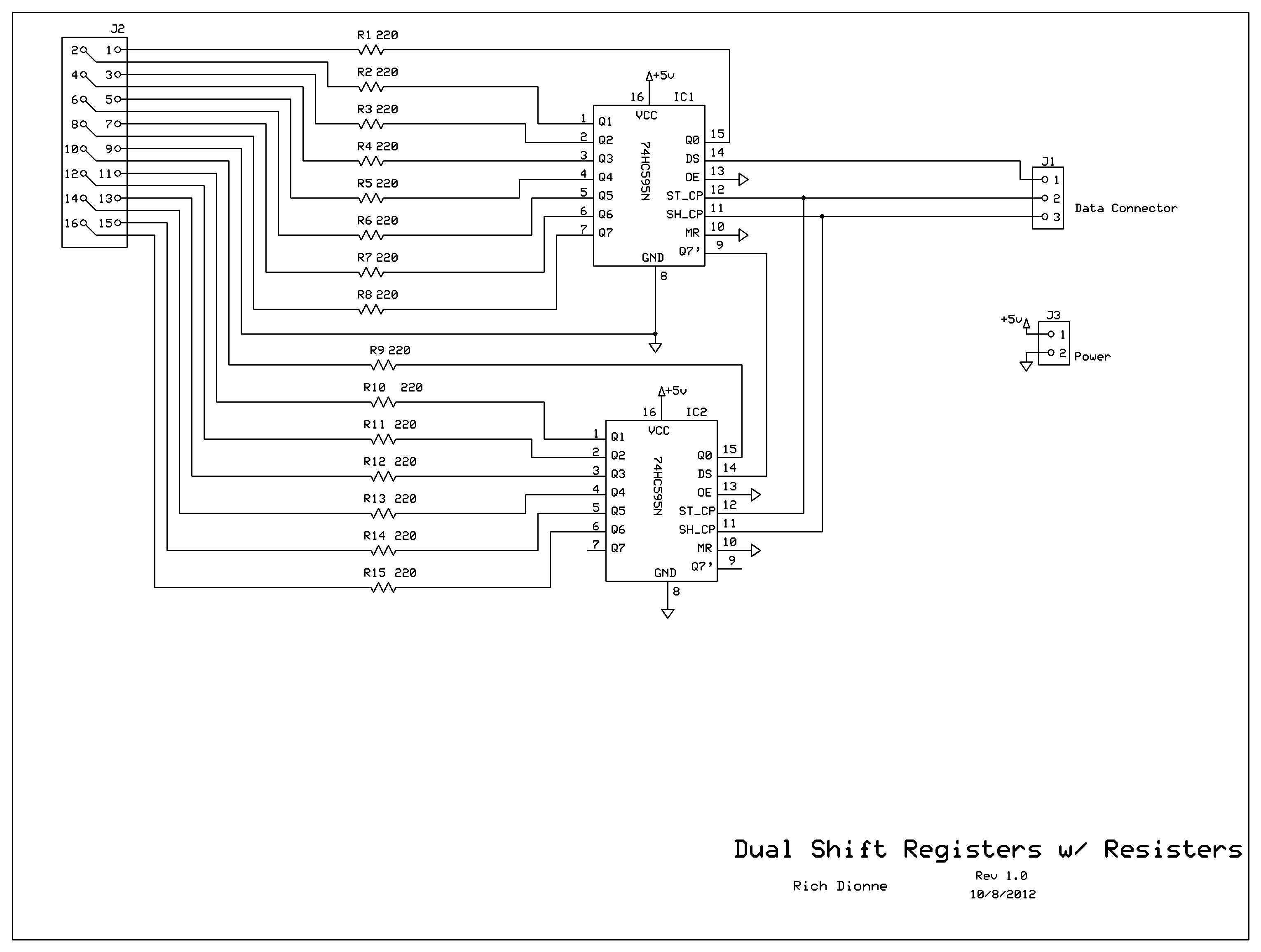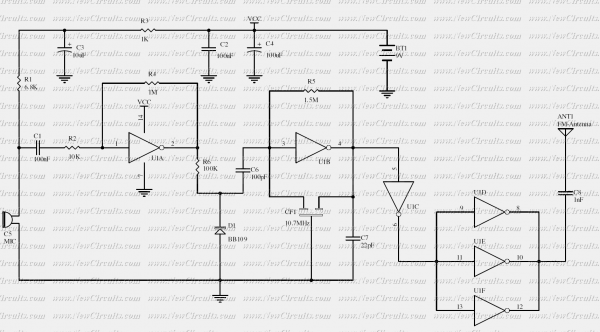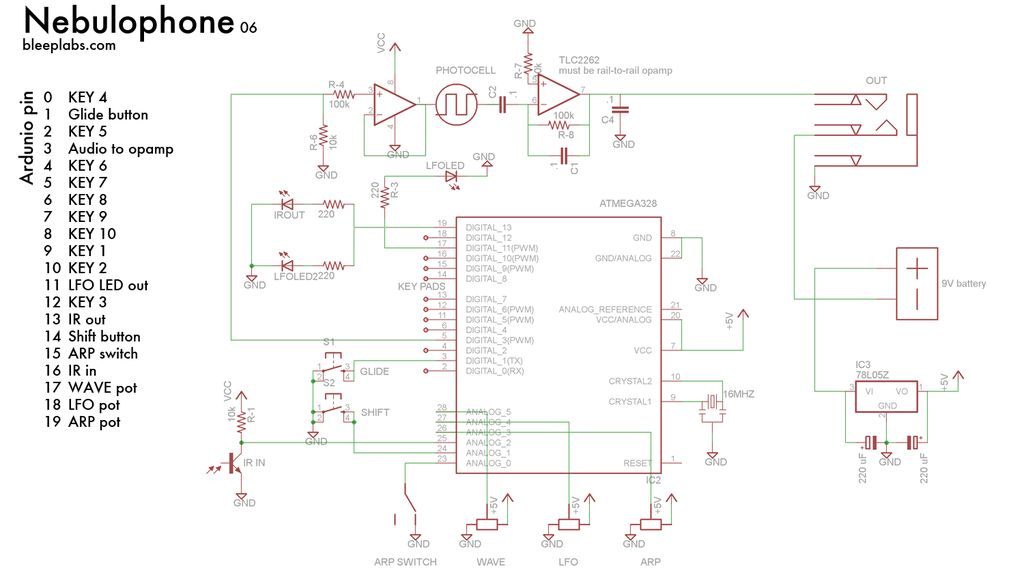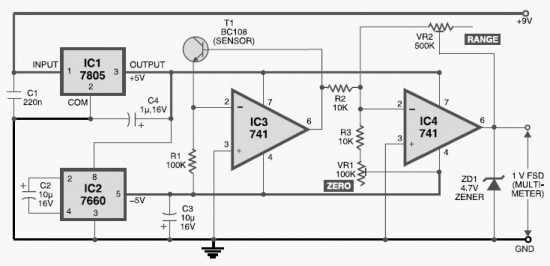
DIY Homemade Tesla Coil Tuner
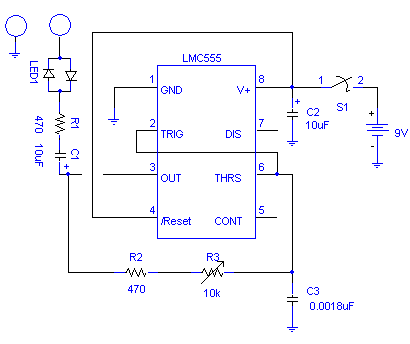
DIY Homemade Tesla Coil Tuner. Instructions for constructing a Tesla Coil Tuner using readily available components. Determine the resonant frequency of Tesla Coil components.
A Tesla Coil Tuner is an essential tool for optimizing the performance of a Tesla coil by tuning it to its resonant frequency. The resonant frequency is the frequency at which the coil operates most efficiently, allowing for maximum energy transfer and output. To create a DIY Tesla Coil Tuner, one can utilize components that are commonly found in electronic hobbyist kits or local electronics stores.
The construction process begins with the selection of a suitable inductor and capacitor combination. These components form a resonant LC circuit, which is crucial for tuning. The inductor can be a coil of wire wound around a non-conductive core, while the capacitor can be a variable capacitor that allows for fine-tuning of the circuit. A frequency counter or an oscilloscope may be employed to measure the frequency of the output signal accurately.
To assemble the tuner, the inductor is connected in series with the variable capacitor. Additional components, such as resistors and diodes, may be included to ensure stability and protect against voltage spikes. The output of the LC circuit can then be connected to the Tesla coil circuit, allowing for adjustments to be made while monitoring the resonant frequency.
Overall, the DIY Tesla Coil Tuner serves as an invaluable tool for enthusiasts and researchers alike, enabling them to explore the fascinating properties of Tesla coils and their applications in wireless energy transmission and high-voltage experiments. Proper attention to component specifications and safety precautions is essential during the construction and operation of the tuner to ensure effective and safe performance.DIY Homemade Tesla Coil Tuner. How to make a Tesla Coil Tuner from easily obtainable parts. Find the resonant frequency of Tesla Coil parts.. 🔗 External reference
A Tesla Coil Tuner is an essential tool for optimizing the performance of a Tesla coil by tuning it to its resonant frequency. The resonant frequency is the frequency at which the coil operates most efficiently, allowing for maximum energy transfer and output. To create a DIY Tesla Coil Tuner, one can utilize components that are commonly found in electronic hobbyist kits or local electronics stores.
The construction process begins with the selection of a suitable inductor and capacitor combination. These components form a resonant LC circuit, which is crucial for tuning. The inductor can be a coil of wire wound around a non-conductive core, while the capacitor can be a variable capacitor that allows for fine-tuning of the circuit. A frequency counter or an oscilloscope may be employed to measure the frequency of the output signal accurately.
To assemble the tuner, the inductor is connected in series with the variable capacitor. Additional components, such as resistors and diodes, may be included to ensure stability and protect against voltage spikes. The output of the LC circuit can then be connected to the Tesla coil circuit, allowing for adjustments to be made while monitoring the resonant frequency.
Overall, the DIY Tesla Coil Tuner serves as an invaluable tool for enthusiasts and researchers alike, enabling them to explore the fascinating properties of Tesla coils and their applications in wireless energy transmission and high-voltage experiments. Proper attention to component specifications and safety precautions is essential during the construction and operation of the tuner to ensure effective and safe performance.DIY Homemade Tesla Coil Tuner. How to make a Tesla Coil Tuner from easily obtainable parts. Find the resonant frequency of Tesla Coil parts.. 🔗 External reference
